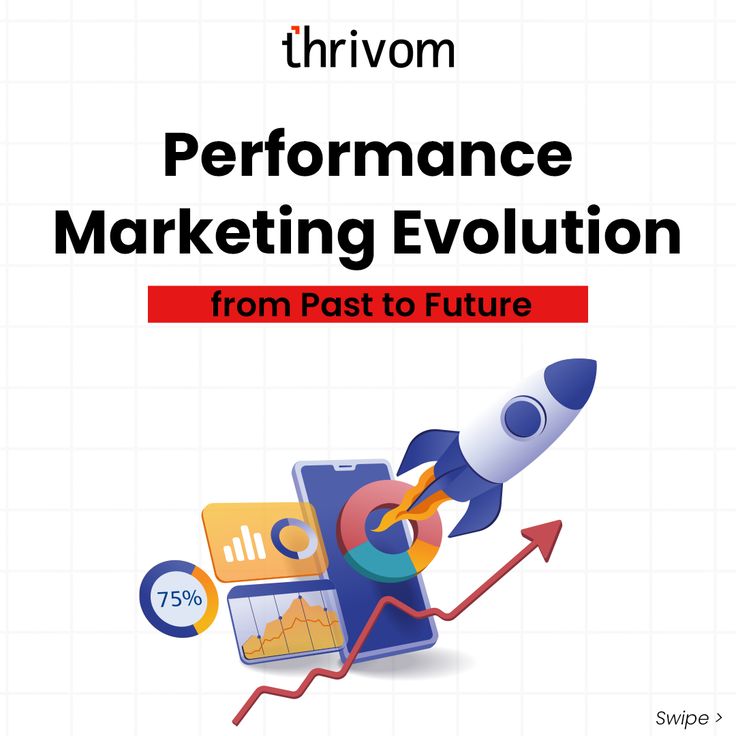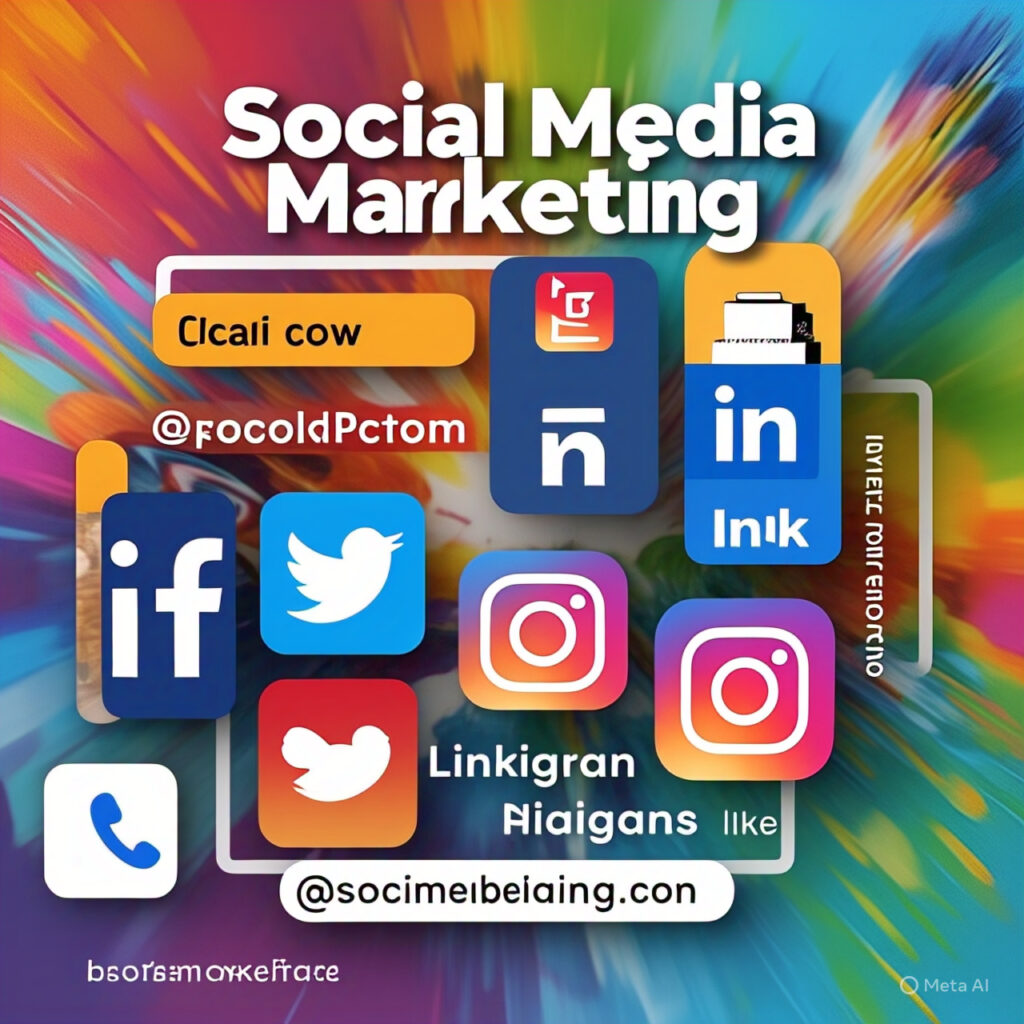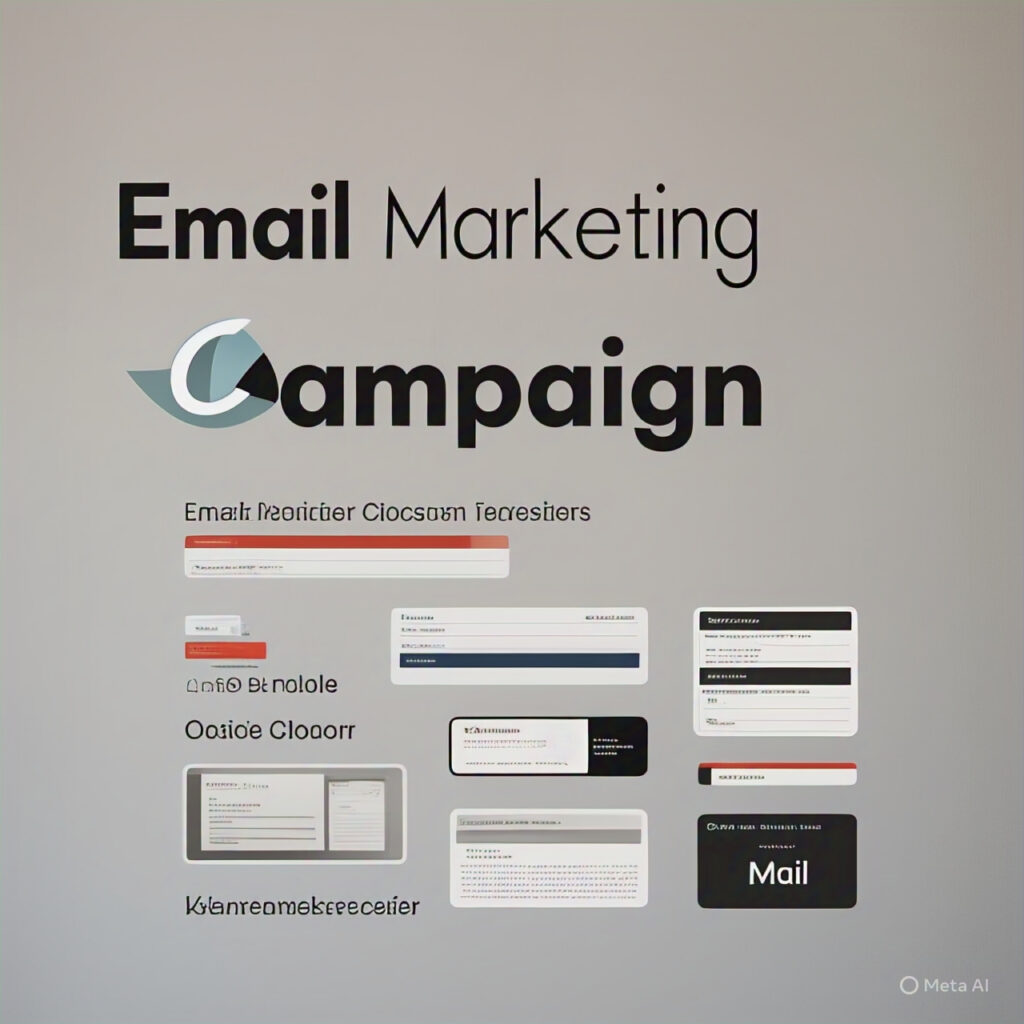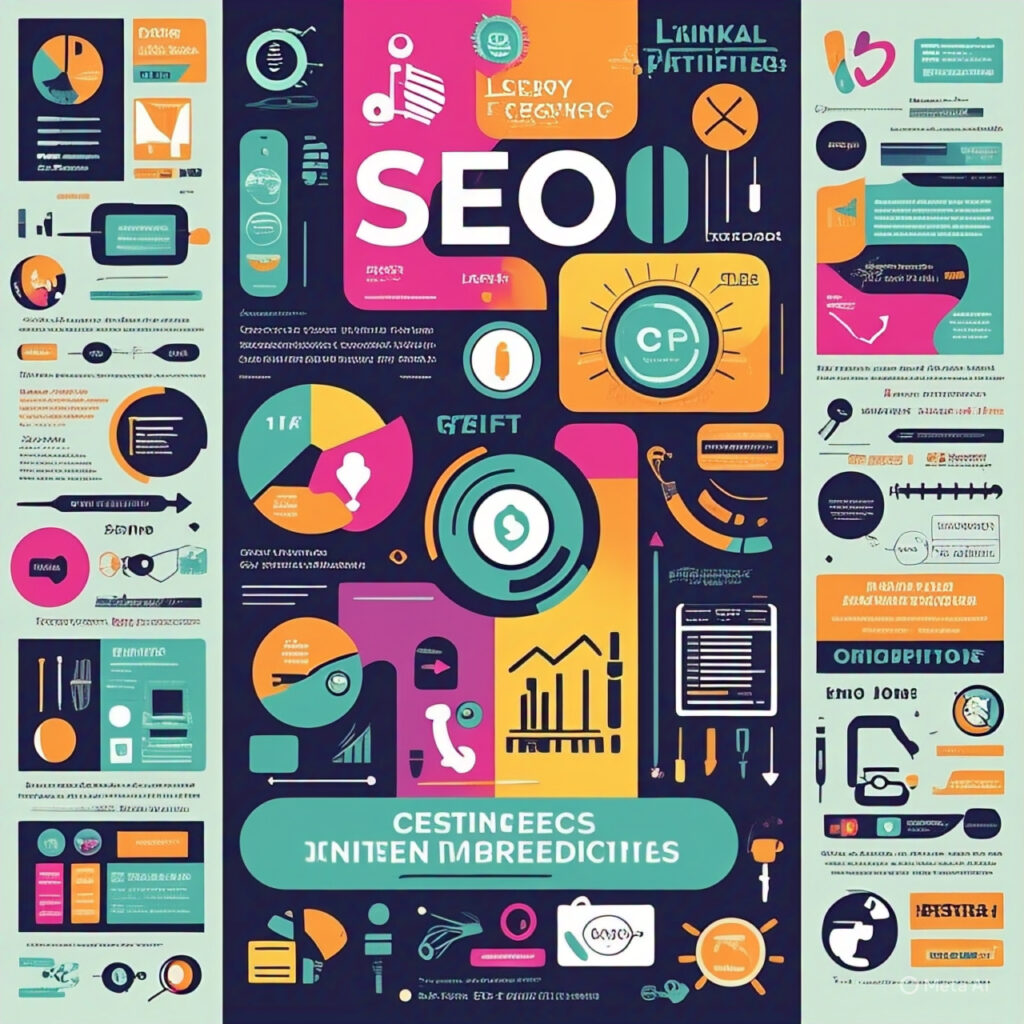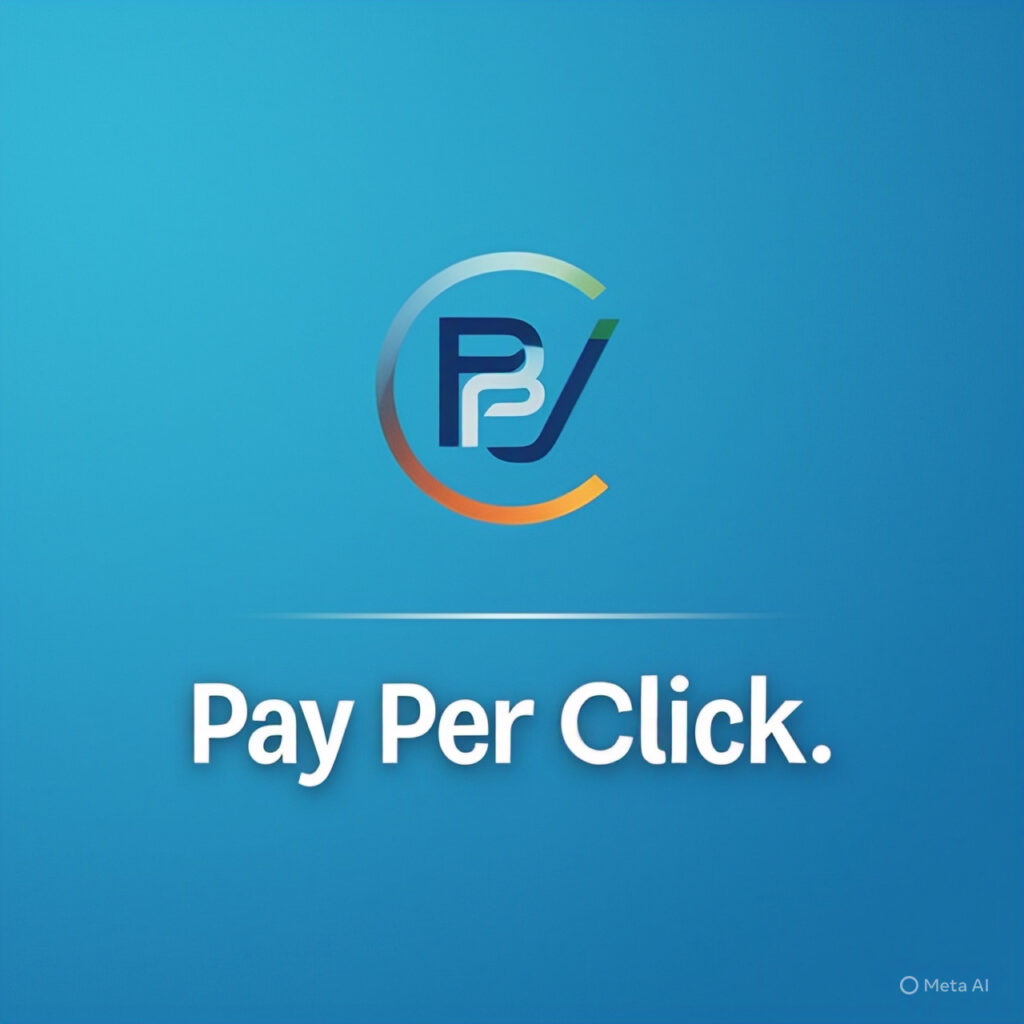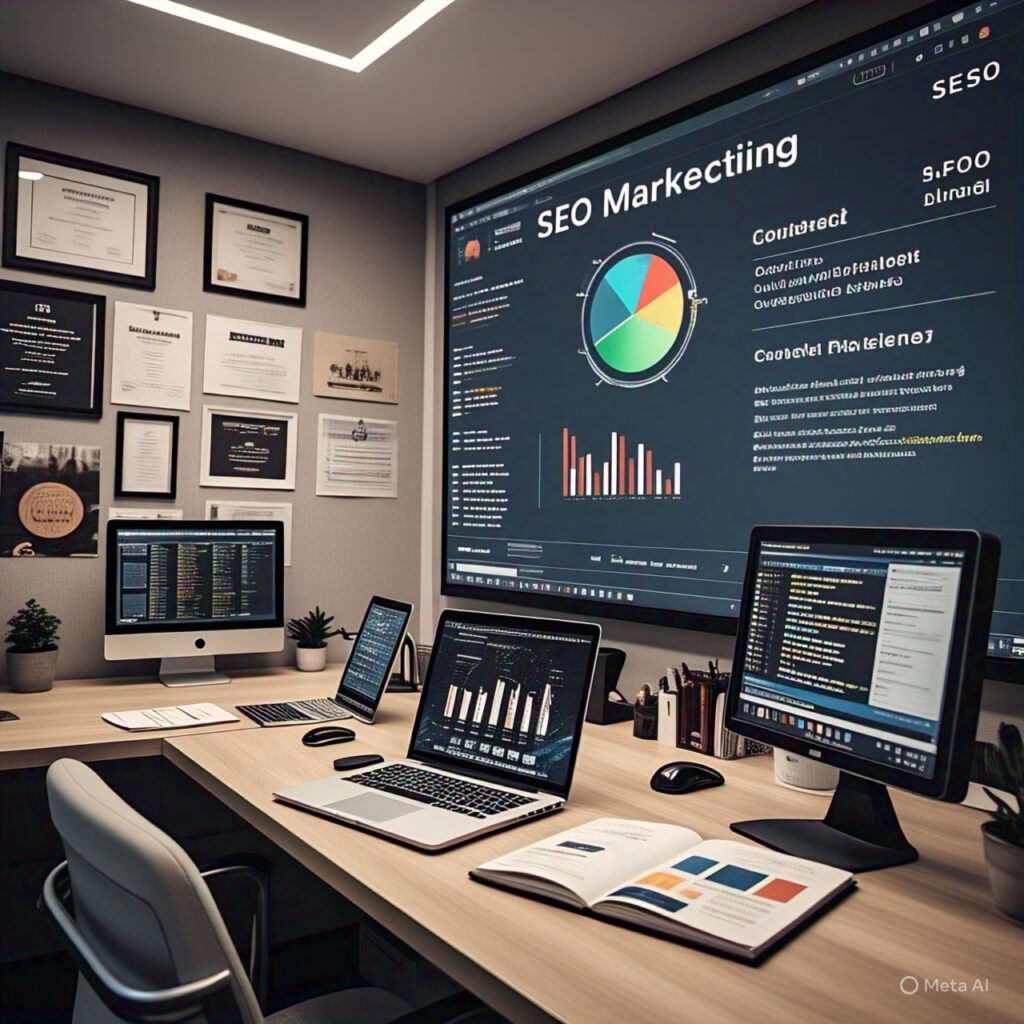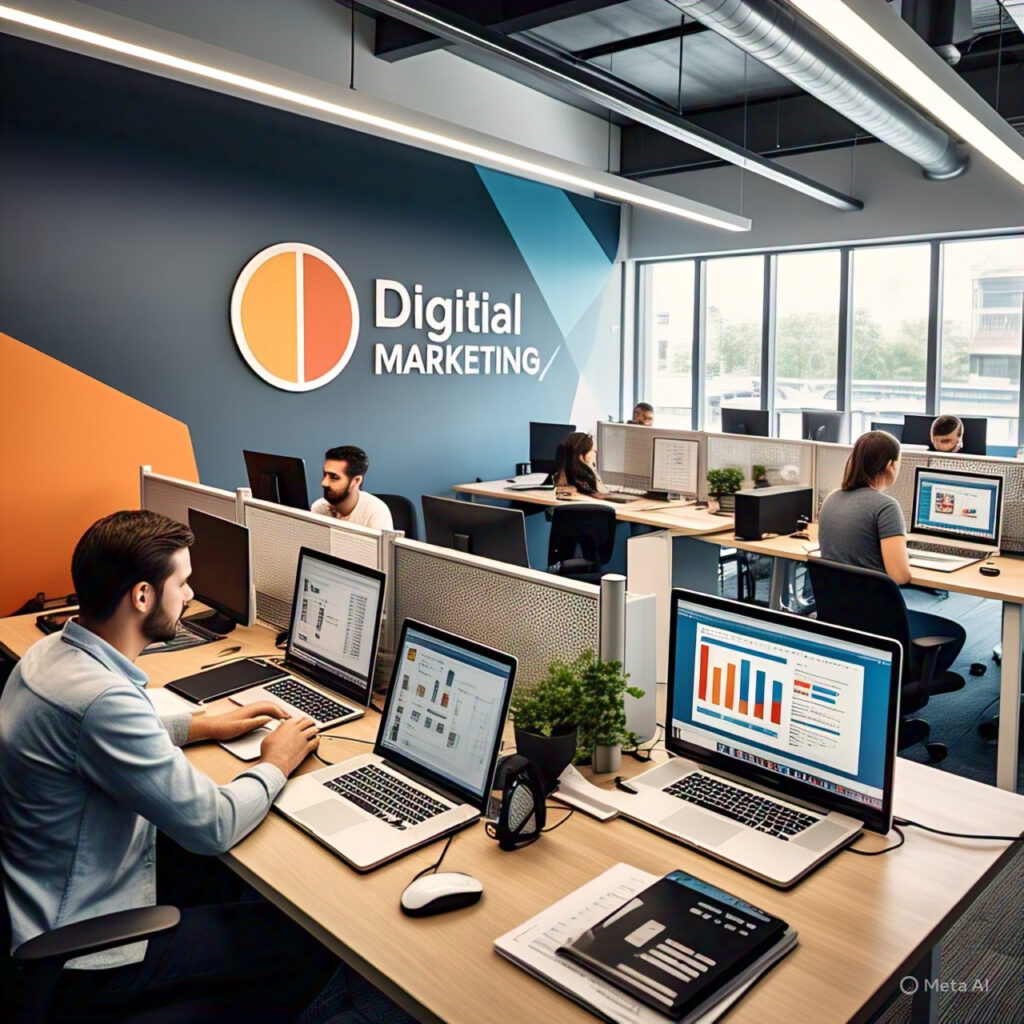Unlocking Success with Performance Marketing in 2025
In today’s digital-first world, marketing has shifted dramatically from traditional “spray and pray” campaigns to data-driven, ROI-focused strategies. One of the most dominant frameworks leading this transformation is performance marketing. Unlike brand awareness campaigns that can be hard to measure, performance marketing ensures that every dollar spent is tied to measurable outcomes—whether that’s a lead, a sale, or a subscription. If you’re a business owner, marketer, or entrepreneur looking to maximize your advertising spend, understanding performance marketing is essential. In this blog, we’ll break down what it is, why it matters, and how you can leverage it effectively in 2025. What Is Performance Marketing? At its core, performance marketing is a digital advertising strategy where advertisers pay only when a specific action occurs. This action could be: A click (CPC – Cost Per Click) A lead form submission (CPL – Cost Per Lead) A sale (CPA – Cost Per Acquisition) An app install or subscription This “pay-for-performance” model removes much of the guesswork from marketing spend. Instead of allocating huge budgets to campaigns with unclear returns, businesses can directly tie spend to results. Why Performance Marketing Matters in 2025 The digital ecosystem is more competitive than ever. Platforms like Google, Meta, TikTok, and LinkedIn are saturated with ads, while consumers have become more selective and privacy-conscious. In this environment, performance marketing offers several advantages: Accountability: Every dollar can be tracked to an outcome. Flexibility: Campaigns can be scaled up or down based on performance data. Efficiency: Budgets are optimized for results, not vanity metrics. Adaptability: With AI-driven targeting and automation, performance marketing adapts to consumer behavior in real-time. Businesses that embrace performance marketing stay agile, while those stuck in traditional models risk wasted budgets and missed opportunities. Core Channels of Performance Marketing Performance marketing thrives across multiple channels. Here are the most impactful ones in 2025: 1. Search Engine Marketing (SEM) Google Ads and Bing Ads remain central. These platforms allow advertisers to capture intent-driven traffic, where users are already searching for solutions. Performance metrics here are often CPC or CPA. 2. Paid Social Advertising Meta (Facebook + Instagram), TikTok, and LinkedIn dominate social-driven performance campaigns. Thanks to granular audience targeting and AI optimization, advertisers can track impressions, clicks, conversions, and even lifetime value (LTV). 3. Affiliate Marketing Brands partner with affiliates (bloggers, influencers, or media companies) who promote products for a commission. This channel is performance-based by design—affiliates get paid only when a sale or lead occurs. 4. Display & Programmatic Advertising Using AI-driven programmatic buying, brands can target audiences with banner ads across websites. Modern tracking ensures attribution down to clicks and conversions. 5. Influencer Marketing 2.0 In 2025, influencer marketing has evolved into a measurable channel. Instead of flat sponsorships, brands now pay influencers per lead or sale driven through unique codes or links. 6. Mobile & App Marketing With mobile-first consumption, app install campaigns and in-app advertising have become critical. Performance metrics here focus on installs, engagement, and in-app purchases. Key Metrics in Performance Marketing To run successful performance campaigns, you need to monitor the right metrics. Here are the most critical ones: CTR (Click-Through Rate): Percentage of users who click after seeing your ad. CPC (Cost Per Click): Amount paid per click on your ad. CPA (Cost Per Acquisition): Cost of acquiring a customer or lead. ROAS (Return on Ad Spend): Revenue generated for every dollar spent. LTV (Customer Lifetime Value): Long-term revenue expected from a customer. Conversion Rate: Percentage of users who complete the desired action. Tracking these metrics helps you optimize campaigns continuously for better outcomes. The Role of AI and Automation In 2025, AI is not just an add-on—it’s at the core of performance marketing. Platforms now use machine learning to: Predict which audiences are most likely to convert. Automate bidding strategies to maximize ROI. Personalize ad creatives in real time. Forecast campaign performance trends. For marketers, this means less time on manual optimization and more focus on creative strategy and testing. Building a Performance Marketing Strategy Here’s a step-by-step guide to creating an effective performance marketing strategy: 1. Define Clear Goals Start with measurable objectives: Is your goal to generate 1,000 leads per month? Achieve a 5x ROAS? Grow subscriptions by 20%? Clarity ensures your campaigns stay focused. 2. Identify Your Audience Use first-party data, customer personas, and analytics to define your target audience. Platforms like Google Ads and TikTok thrive on precise targeting. 3. Choose the Right Channels Don’t spread budgets too thin. If your product solves urgent problems, SEM might be best. If it’s lifestyle-driven, TikTok or Instagram could deliver stronger performance. 4. Craft Compelling Creatives High-performing campaigns rely on strong creative assets. Focus on engaging visuals, persuasive copy, and clear CTAs. A/B testing should be a constant process. 5. Set Budgets and Bidding Models Allocate budgets based on your goals. For lead generation, CPL bidding may work best. For sales, CPA or ROAS-focused bidding is more effective. 6. Track and Measure Use tools like Google Analytics 4, Meta Ads Manager, or third-party attribution platforms to monitor conversions and customer journeys. 7. Optimize Continuously Performance marketing is never “set and forget.” Review metrics weekly, adjust targeting, refresh creatives, and scale what works. Challenges in Performance Marketing While performance marketing is powerful, it’s not without challenges: Privacy Regulations: With GDPR, CCPA, and cookie deprecation, tracking users has become more complex. Rising Costs: As competition increases, CPCs and CPAs are climbing. Ad Fatigue: Overexposure leads to declining engagement. Attribution Complexity: Multi-device and multi-channel journeys make tracking difficult. To succeed, marketers must stay ahead by using first-party data, leveraging AI-powered attribution, and diversifying campaigns. The Future of Performance Marketing Looking ahead, performance marketing will continue to evolve: Cookieless Tracking: First-party data and privacy-friendly solutions will replace third-party cookies. Voice and AI Search Ads: With tools like ChatGPT and voice assistants, search ads will expand beyond Google. Deeper Personalization: Hyper-personalized experiences powered by AI will drive higher engagement. Integration with Branding: Performance campaigns will blend with brand-building efforts, creating long-term value instead

